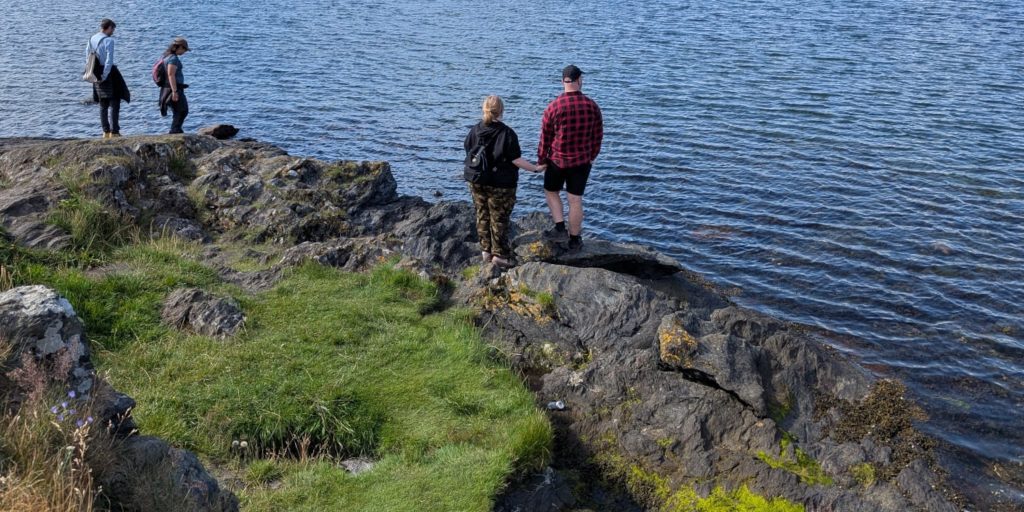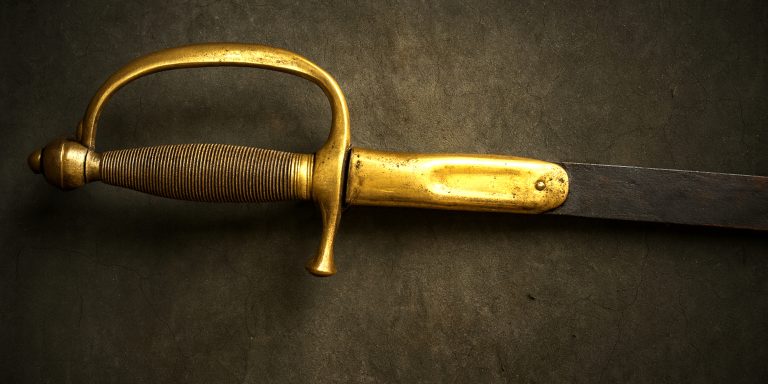
Sverd i fjell, or “Swords in Rock,” is one of Norway’s most striking monuments. Located just outside Stavanger, this powerful sculpture commemorates the unification of Norway in the late 9th century under King Harald Fairhair. With its dramatic coastal setting and historic resonance, it attracts both history enthusiasts and casual visitors throughout the year.
The Monument: Meaning and History
Unveiled in 1983, Sverd i fjell was created by sculptor Fritz Røed. It features three giant bronze swords plunged into the bedrock at the edge of Hafrsfjord. The tallest sword represents King Harald, while the two shorter ones symbolise the defeated petty kings. According to tradition, the Battle of Hafrsfjord took place here around 872 AD, resulting in the first unification of Norway as one kingdom.
The swords are over 10 metres tall and anchored firmly in solid rock to symbolise peace, marking the end of tribal warfare. Since their installation, they have become a national symbol of unity and strength.

What to Expect When Visiting
Sverd i fjell stands in a public, open-air location without fences or ticket booths. It’s situated in Møllebukta, a small bay with a grassy recreational area and scenic walking paths along the fjord. On clear days, the setting is particularly photogenic, with the swords rising starkly against the sky or reflecting in the waters of the fjord.
There are informational plaques nearby in both Norwegian and English, giving historical context to the monument. The area is clean, safe, and accessible to all visitors.

Best Times to Visit
- Summer (June to August): This is the most popular time to visit, with long daylight hours and warmer temperatures. The grass lawns and nearby beach fill with locals and tourists alike.
- Autumn (September to October): The surrounding trees take on autumn colours, and the site is generally quieter. Sunsets over Hafrsfjord are often vivid during this time.
- Winter (November to February): The monument becomes more dramatic in the cold, especially with snow on the ground or icy conditions. Fewer tourists visit, making it a peaceful time, though weather can be unpredictable.
- Spring (March to May): The area gradually returns to life after winter. Wildflowers bloom, and the walking paths are ideal for leisurely exploration.
Sunrise and sunset offer the best lighting for photography, particularly when the fjord is calm.
How to Get There
- By Car: Sverd i fjell is around 15 minutes from central Stavanger by car. There is free parking nearby, but spaces are limited in peak hours.
- By Public Transport: Several local buses from Stavanger city centre stop within a short walk of the site. Bus routes may vary seasonally.
- By Bike or On Foot: A cycle path runs from Stavanger along the coastline, and the area is well connected for pedestrians.
Nearby Attractions
- Stavanger city centre: Known for its old town (Gamle Stavanger), museums, and waterfront.
- Norwegian Petroleum Museum: Offers an engaging look at Norway’s energy history.
- Iron Age Farm (Jernaldergården): A reconstructed Iron Age settlement a short drive away.
Tips for Visitors
- There are no toilets or cafés directly at the site, but nearby facilities are accessible within a short walk.
- The site is exposed to wind and weather, so dress accordingly.
- Bring a camera or smartphone with a wide-angle lens to capture the full scale of the monument.
The Seven Swords Takeaway
Sverd i fjell captures a defining moment in Norwegian identity and speaks to a broader theme of unity forged through conflict. Whether you’re drawn by its historical weight or the stark beauty of its coastal setting, it offers a unique and memorable experience. Aim for early morning or late afternoon to avoid crowds and see the monument at its most atmospheric. We enjoyed our morning at the monument.



